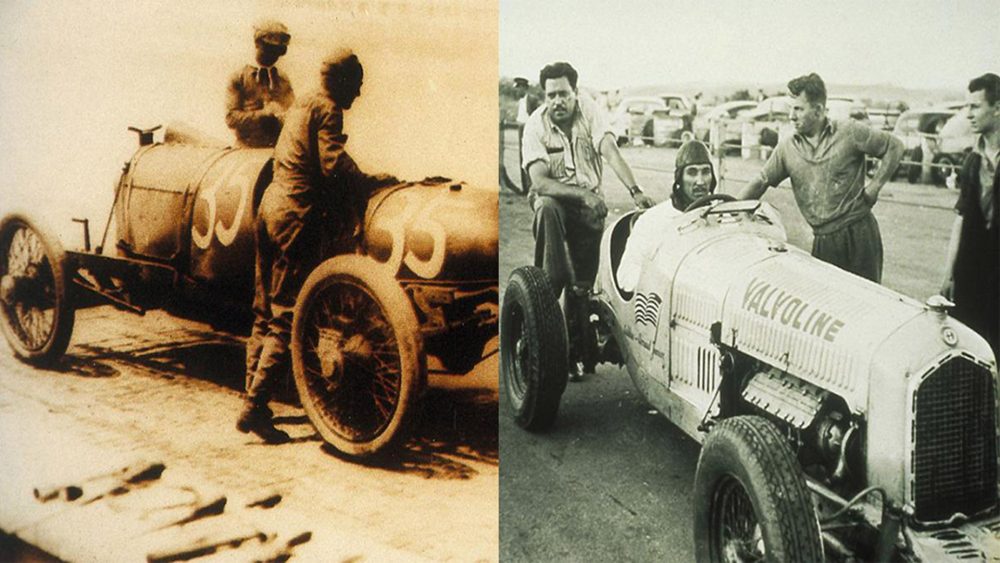How Do You Diagnose a Bad Timing Chain?
A timing chain is a crucial component of an engine, responsible for synchronizing the rotation of the crankshaft and camshaft. It ensures that the engine’s valves open and close at the right time, allowing for proper fuel combustion and overall engine performance. However, like any mechanical part, timing chains can wear out over time and eventually fail. In this blog post, we will discuss the symptoms of a bad timing chain and how to diagnose the issue.
1. Check Engine Light:
One of the most common symptoms of a bad timing chain is the illumination of the check engine light on the dashboard. A stretched or damaged timing chain can cause the engine to misfire or run poorly, triggering the onboard computer to detect the issue and signal the check engine light. If you notice the check engine light is on, it is essential to have your vehicle diagnosed by a qualified mechanic to determine the exact cause.
2. Unusual Sounds:
Another significant sign of a bad timing chain is unusual sounds coming from the engine. A loose or worn timing chain can produce a rattling or clattering noise, especially at idle or when the engine is cold. This noise is often more prominent as the engine heats up and may disappear after some time. If you hear any unusual sounds coming from your engine, it is crucial to have it inspected promptly to prevent further damage.
3. Engine Performance Issues:
A bad timing chain can also affect the overall performance of the engine. You may experience a loss of power, reduced fuel efficiency, or rough idling. The timing chain plays a critical role in the precise timing of the engine’s valves, so any issues with it can lead to improper fuel combustion and reduced performance. If you notice a decrease in your vehicle’s performance, it is advisable to have it checked by a professional mechanic.
4. Engine Misfires:
A stretched or damaged timing chain can cause the engine to misfire. This occurs when the valves do not open and close at the correct time, leading to a disruption in the combustion process. Engine misfires can result in a rough running engine, poor acceleration, and increased fuel consumption. If you feel that your engine is misfiring, it is essential to have it inspected to determine the cause, which could be a bad timing chain.
5. Metal Shavings in Oil:
In severe cases, a failing timing chain can cause metal shavings or visible pieces of the chain to appear in the engine oil. This occurs when the timing chain becomes excessively worn or breaks, resulting in metal-on-metal contact inside the engine. If you notice metal shavings or debris in your engine oil, it is a clear indication of a significant issue, and immediate action should be taken to prevent further damage.
Diagnosing a bad timing chain requires the expertise of a qualified mechanic and specialized tools. They will perform a thorough inspection of the timing chain, including checking for slack, wear, or any visible signs of damage. Additionally, they may use diagnostic equipment to analyze the engine’s performance and detect any irregularities that could be related to the timing chain.
Read More: Does Timing Chain Affect Speed?
In conclusion, a bad timing chain can lead to various issues, including engine performance problems, unusual sounds, and the illumination of the check engine light. If you experience any of these symptoms, it is crucial to have your vehicle inspected by a professional mechanic to diagnose and address the issue promptly. Regular maintenance and timely replacements of the timing chain can help prevent costly repairs and ensure the optimal performance of your engine.


